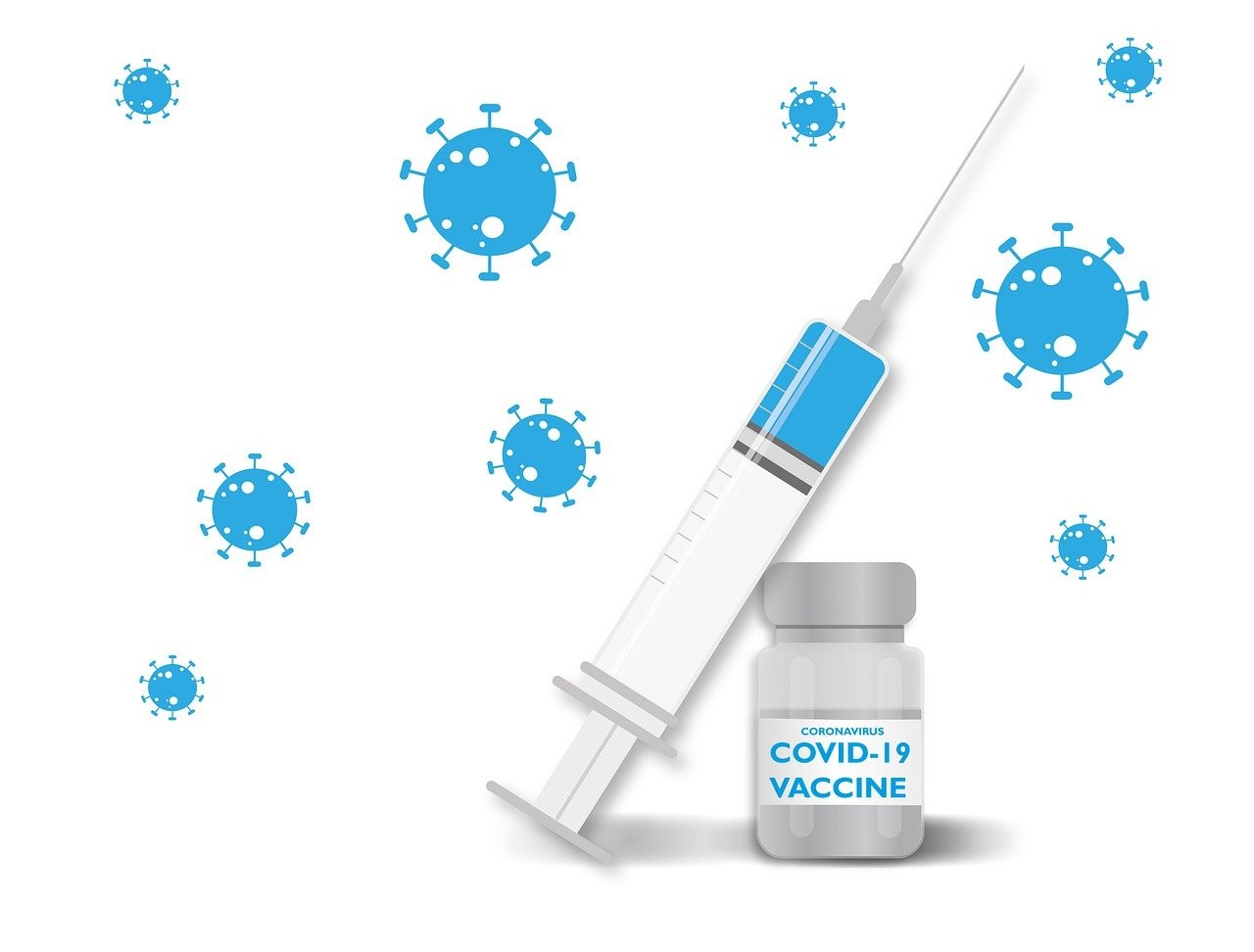Healthcare, COVID and Creativity
Guest Correspondence
SRQ DAILY
SATURDAY JAN 23, 2021 |
BY DR. LARRY THOMPSON
Image by Alexandra Koch
Few sectors were forced to respond to the Coronavirus pandemic more urgently than healthcare. Not historically known for its nimbleness – it takes an average of 12 years to bring a new drug to market – healthcare, like so many other sectors have done over these last 10 months, has had to act differently to meet the needs of patients and the public. As a result, healthcare has experienced a level and pace of adaptability, creativity and innovation never thought possible. As a November 2020 report by McKinsey and Company on healthcare innovation tells us, “a crisis can create an urgency that rallies collaborative effort, breaks through organizational silos, and overcomes institutional inertia.”
Adam Palanica, behavioral scientist at Klick Applied Sciences Labs, and Yan Fossat, vice president at Klick Applied Sciences Labs, explain “[u]nder normal circumstances, healthcare innovation is costly and time-consuming. However, the COVID-19 pandemic has produced the silver lining of inspiring healthcare innovation around the world, with collaboration across multiple disciplines all working toward the same goal of saving lives. Healthcare innovation can develop at unprecedented speed when individuals focus on solving real-world problems, and collaborate with cross-functional teams. Anyone can innovate, from anywhere, at any age, and this open-minded perspective allows innovation to occur at its finest when motivated to find solutions toward a well-defined problem.” Indeed, as Forbes contributor Sachin Jain notes, over the years we have convinced ourselves that change is necessarily slow. “COVID-19 is proving that we have always been capable of more,” he said, adding the secret to closing the change-reality gap lies in “creating a new post-COVID culture where innovation is not viewed as the domain of the few, but as the responsibility of the many.”
Richard Hytner, adjunct professor of marketing at the London Business School, tells us “it is intrinsic motivation that explains so much of the heroism and innovation we are seeing around the world, fueled by a desire – or sense of duty – to save lives. Problems are being solved precisely because people have an inner passion to apply their talents meaningfully. Constraints such as lack of time and money are more creatively overcome when the goal is certain."
Leveraging creative thinking with technical expertise has led to collaborations that have resulted in products aimed at supporting healthcare’s efforts to treat patients. South Korean health authorities, businesses and students, for example, created a body sterilizer that sprays people as they enter buildings and a mobile app to keep track of the health status of overseas visitors. Other collaborations saw the use of 3D printing to repurpose snorkeling masks to plug the shortage of emergency ventilators. “Like all skills,” Hytner says, “mastery of creative thinking requires practice and an encouragement to play, experiment, fail, and persevere.”
Another fast adaptation brought about by COVID-19 was the increased use of telehealth services. Insurance companies, long hesitant to fully embrace this method of delivery, found itself approving its broad use as a means to ensure continued patient care in the face of anxieties about in-person interactions. In fact, the adoption of telehealth was explosive, rising “from 11% of consumers using it in 2019 to 46% in April 2020, and well more than half of healthcare providers polled indicate higher comfort with this care-delivery method than before.”
Of course, the most-eagerly awaited innovation of the healthcare sector was the creation of COVID vaccines, which are being produced now and may mark the beginning of the end of this global pandemic. There, too, we have seen incredible changes to the speed of bringing this new treatment to market – less than 12 months, rather than the average 12 years.
I have long been saying creativity is crucial to every business in every sector across our economy and society. The responses to the COVID-19 pandemic we have seen in workplaces, in schools, in the arts, and in healthcare show us that the risk-taking, collaboration and imagination inherent to creativity are essential to addressing the most serious challenges we as humans will face.
Dr. Larry Thompson is president of the Ringling College of Art and Design.
Image by Alexandra Koch
« View The Saturday Jan 23, 2021 SRQ Daily Edition
« Back To SRQ Daily Archive









